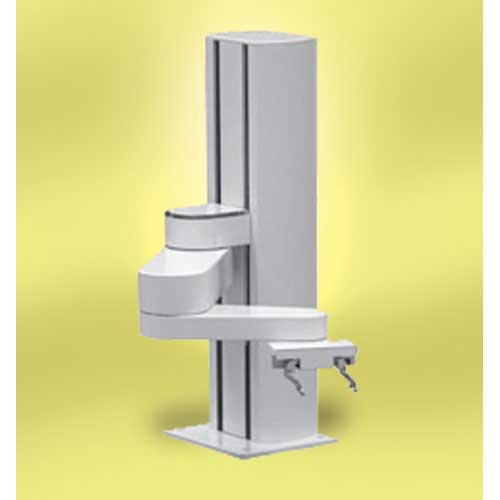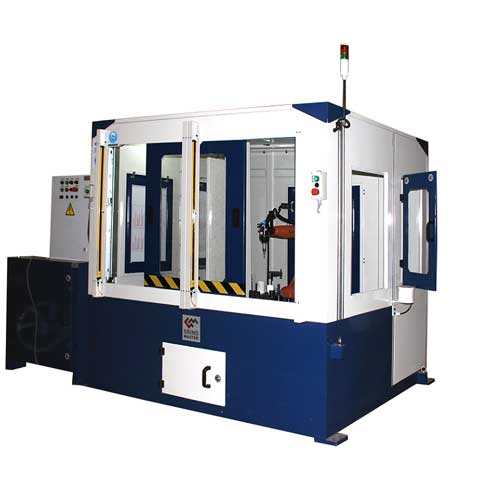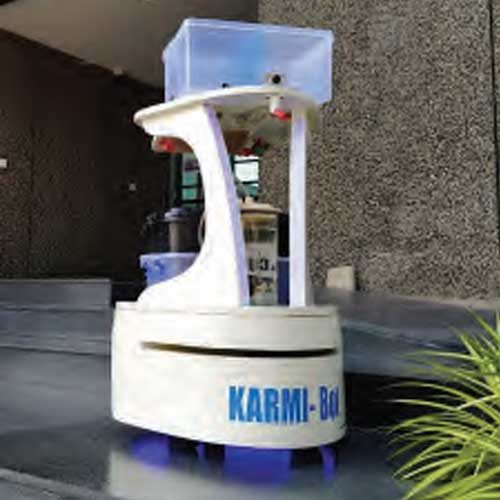Schedule a Call Back
10 ways robotics are disrupting the shipbuilding industry
 Articles
Articles- Jun 01,20

Related Stories

Swan Defence signs Rs 42.50 bn MoU with GMB to boost shipbuilding
Swan Defence and GMB will expand shipyard capacity, build a 200-acre cluster, and set up a maritime Centre of Excellence.
Read more
Caliber Interconnects unveils AMRs and robotic handlers
Caliber’s AMRs are AI-driven, customisable automation solutions engineered for industries such as warehouse logistics, manufacturing, e-commerce fulfilment, healthcare, and automotive
Read more
Igus Debuts World’s First ESD-certified Dress Pack
Complete triflex ESD system from igus protects electronic components from electrostatic discharge - customers have been using basic systems successfully for over 15
Read moreRelated Products

Collaborative Scara Robot
Malles Automated & Robotic Systems Private Limited

Robotic Deflashing of Aluminium Casting
Grind Master Robotic Deflashing Machine is an advanced and most reliable machine for Aluminium components. Robotic deflashing is a revolutionary technology developed by Grind Master Machines Pvt Lt Read more

Karmi Bot
Asimov Robotics offers a wide range of Karmi Bot.
















